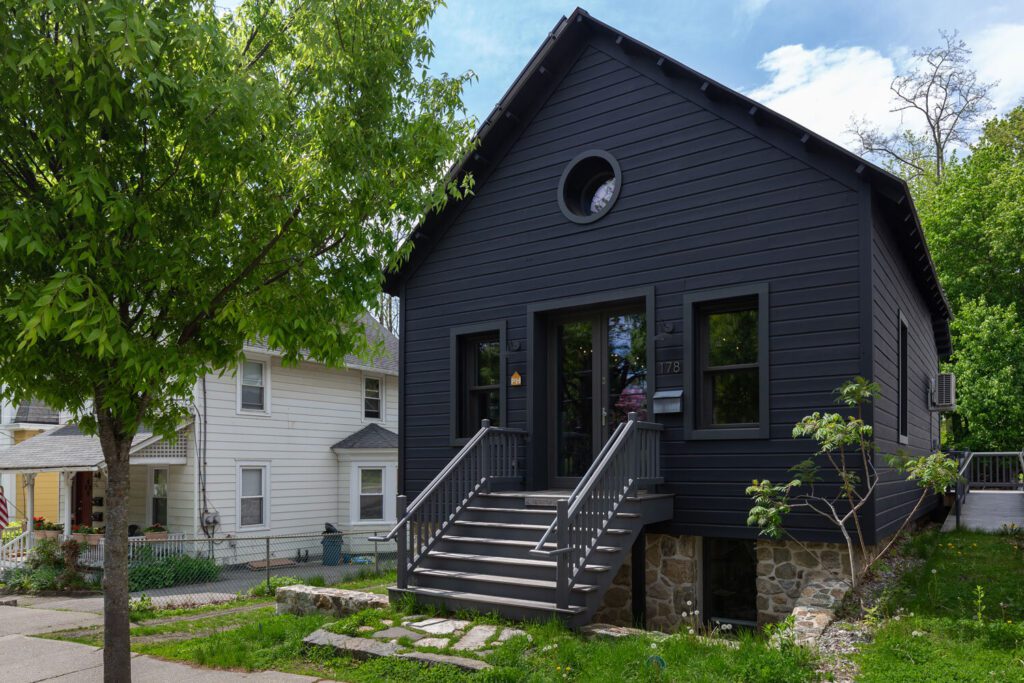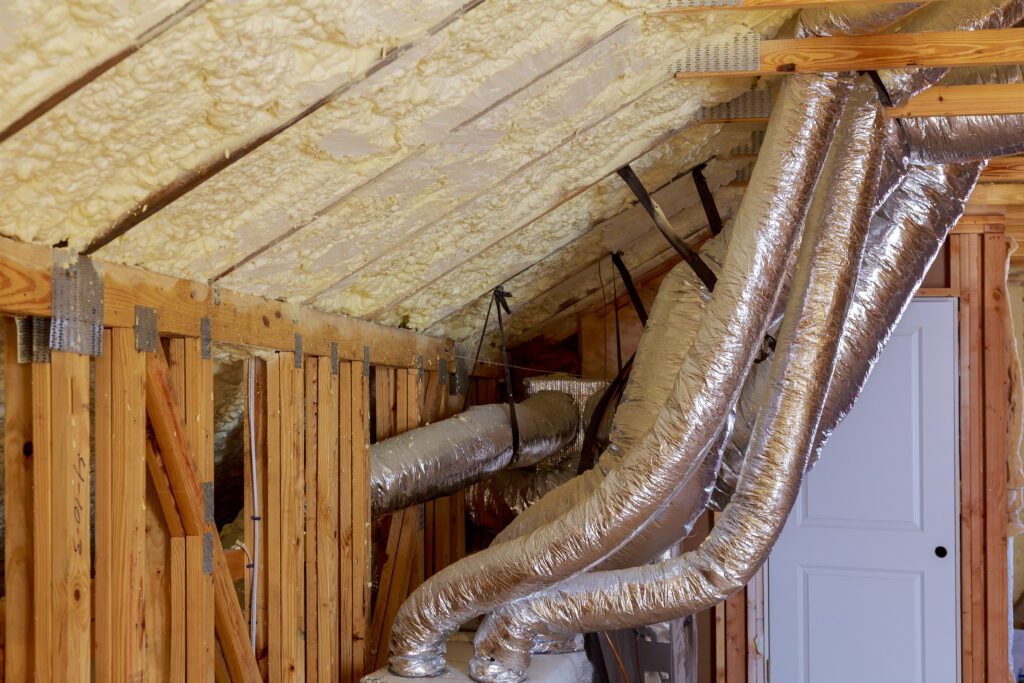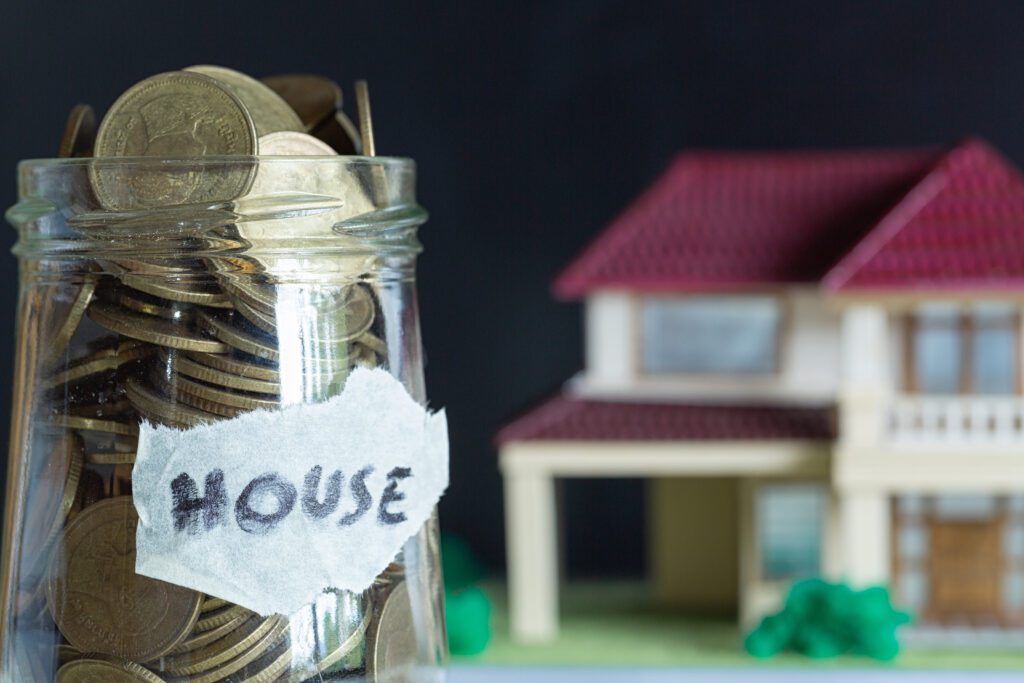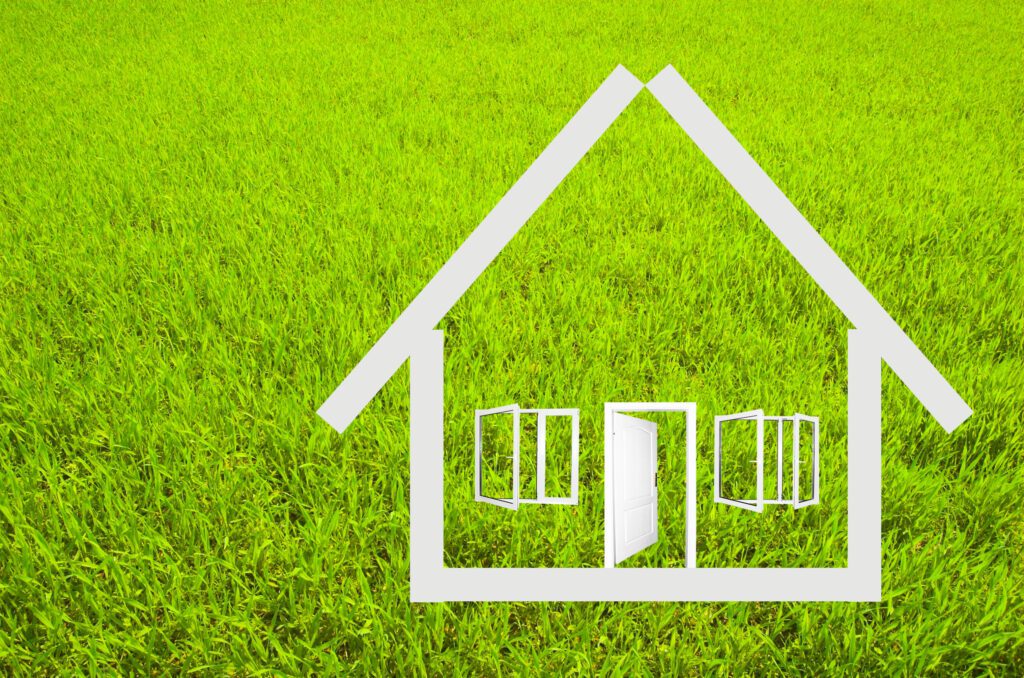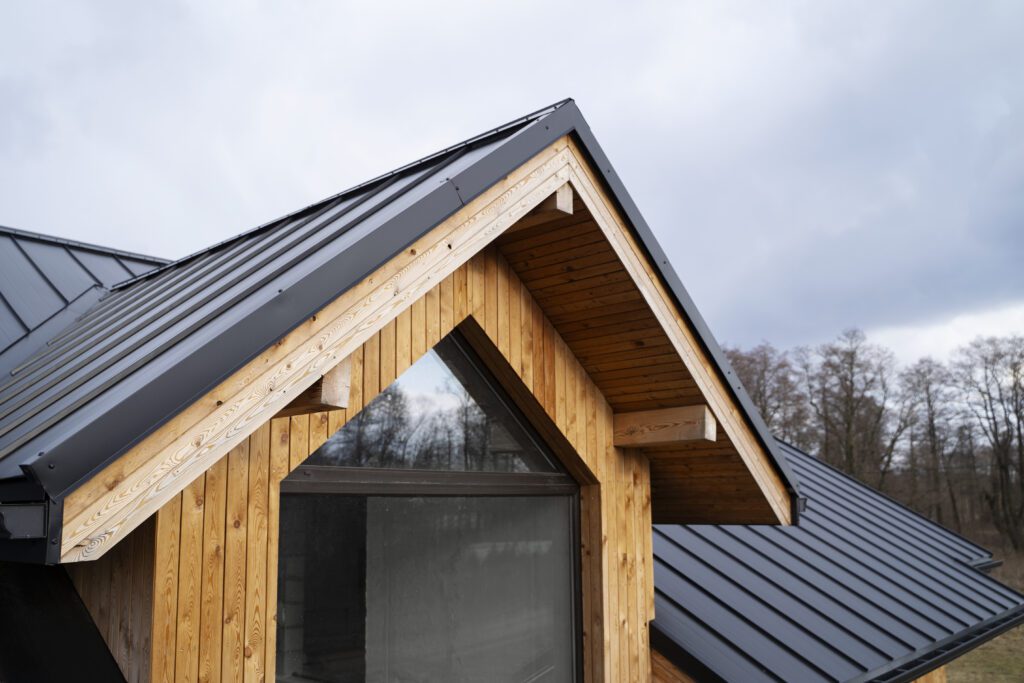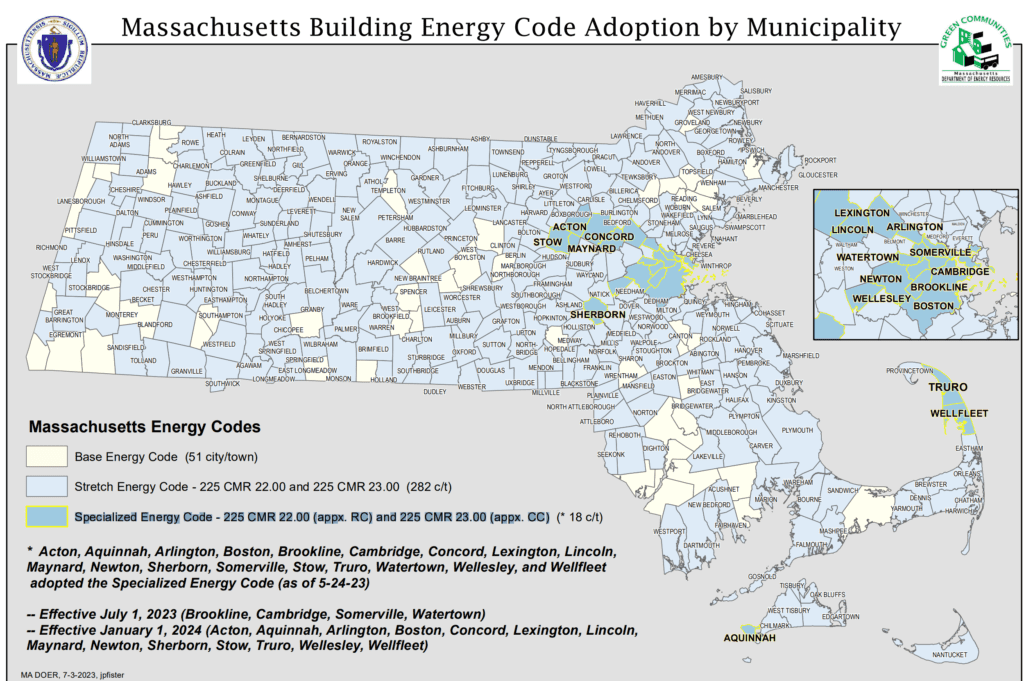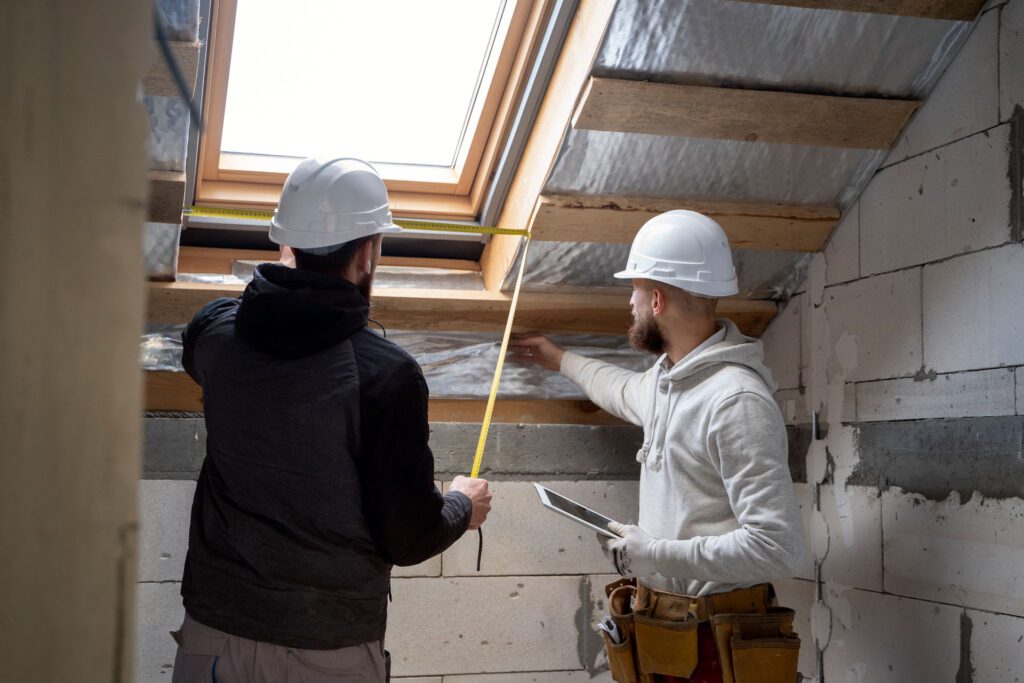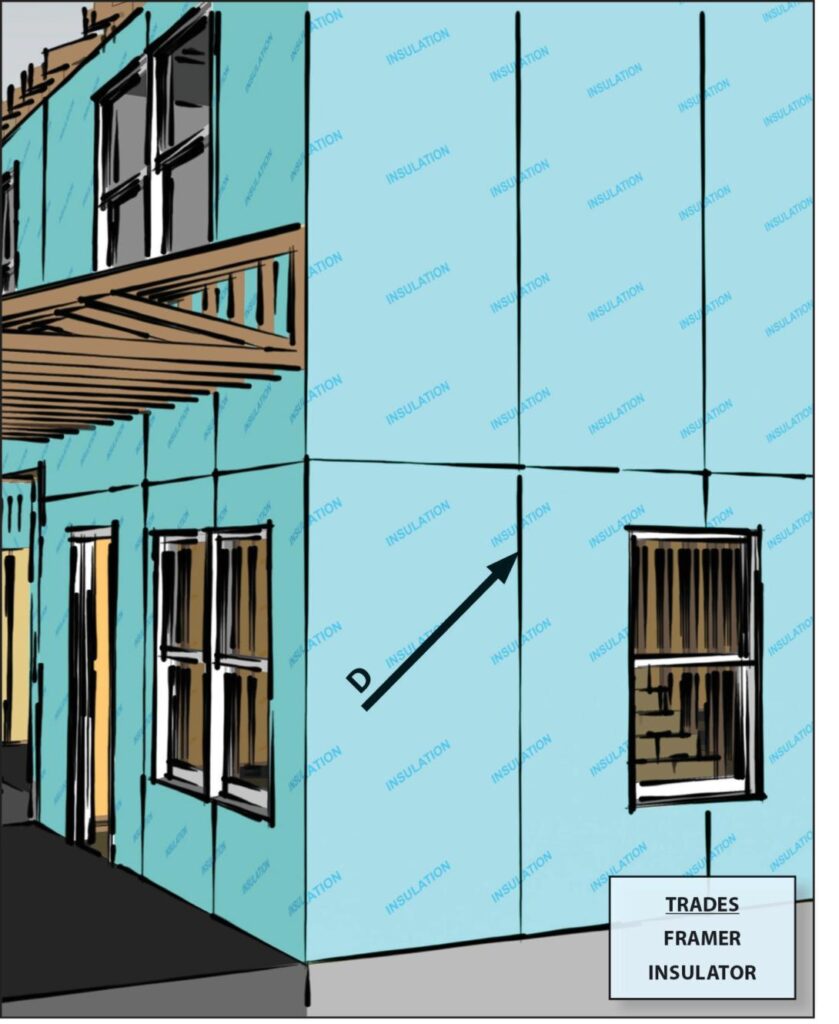Posts by Green Insulation Group
Using Recycled EPS Foam Panels to Save Energy and Reduce Carbon Footprint
In the picturesque Hudson River Valley, a remarkable transformation is underway, led by the visionary team at River Architects. Their latest project, the renovation of an 1840’s blacksmith shop in Cold Spring, NY, into a Net Zero certified architectural studio, is a testament to their commitment to sustainable design and environmental stewardship. A Deep Dive…
Read MoreVentilation in the Well-Insulated Home
In the quest for energy-efficient homes, insulation stands as a formidable champion, slashing heating and cooling bills while keeping our living spaces comfortable. But there’s a lesser-known challenge: the need for fresh, clean air. This is the modern homeowner’s conundrum — how to seal our homes for maximum energy savings without suffocating on stale air.…
Read MoreCost-Benefit Analyses of Insulation Improvements
Improving home insulation is cost-effective, saving homeowners an average of 15% on heating and cooling or 11% on total energy costs by sealing air leaks and insulating attics, floors over crawl spaces, and accessible basement rim joists (to 2012 standards), according to a Department of Energy page on “Methodology for Estimated Energy Savings“. The energy…
Read MoreRetrofitting Homes to Passive House Standards: Resources
The Passive House movement began in the late 1980’s in Europe as a set of voluntary standards to massively reduce the energy requirements of residential and commercial buildings. The initial designs evolved from “superinsulation” designs in North America that were pursued as a result of the OPEC oil embargoes of the 1970s. Continuous insulation is…
Read MoreNavigating Energy Credits & Rebates in MA
Massachusetts has many programs promoting residential energy efficiency, and the passage of the IRA act in 2022 has expanded the funding and the complexity of those offerings. It can be difficult to navigate all of the information on the internet. Even the official web pages on Commonwealth departmental sites can be overwhelming and confusing. Here…
Read MoreIs Continuous Insulation a Continuous Air Barrier?
Continuous insulation (CI) in the context of home building is a layer of insulation that is installed without any thermal breaks. This means that the insulation is continuous around the entire building envelope, including the walls, roof, and foundation. CI helps to reduce heat loss in the winter and heat gain in the summer, which…
Read MorePassive House vs Net Zero Standards: How Do They Differ?
Both Passive House and Net Zero designs require a high level of insulation and air sealing to reduce energy consumption. They also both require careful attention to detail during construction to ensure that the building envelope is well-sealed and free from air leaks. However, the main difference between the two approaches is their focus: Passive…
Read MoreWhat is a HERS Score and Why is it Important in Updated Building Codes?
The HERS index score, or Home Energy Rating System score, is a measure of a home’s energy efficiency. It is calculated on a scale of 0 to 100, with 100 being the least energy efficient and 0 being the most energy efficient. A home with a HERS index score of 100 is equal to the…
Read MoreHow to assess the safety or potential toxicity of foam insulation panels?
You can assess the safety / toxicity profile of any manufactured product by reading the SDS (Safety Data Sheet) provided by the manufacturer. You should be able to find the SDS on the manufacturer’s website, but in practice it is frequently easier to search for them in a search engine using the manufacturer name, the…
Read MorePros and Cons of Continuous Insulation (CI)
Continuous insulation is a building design practice where a continuous layer of insulation material is applied around the exterior of a building’s envelope, often in conjunction with other insulation methods. Here are some of the pros and cons of using continuous insulation: Pros: Energy efficiency: Continuous insulation can significantly improve a building’s energy efficiency by…
Read More
